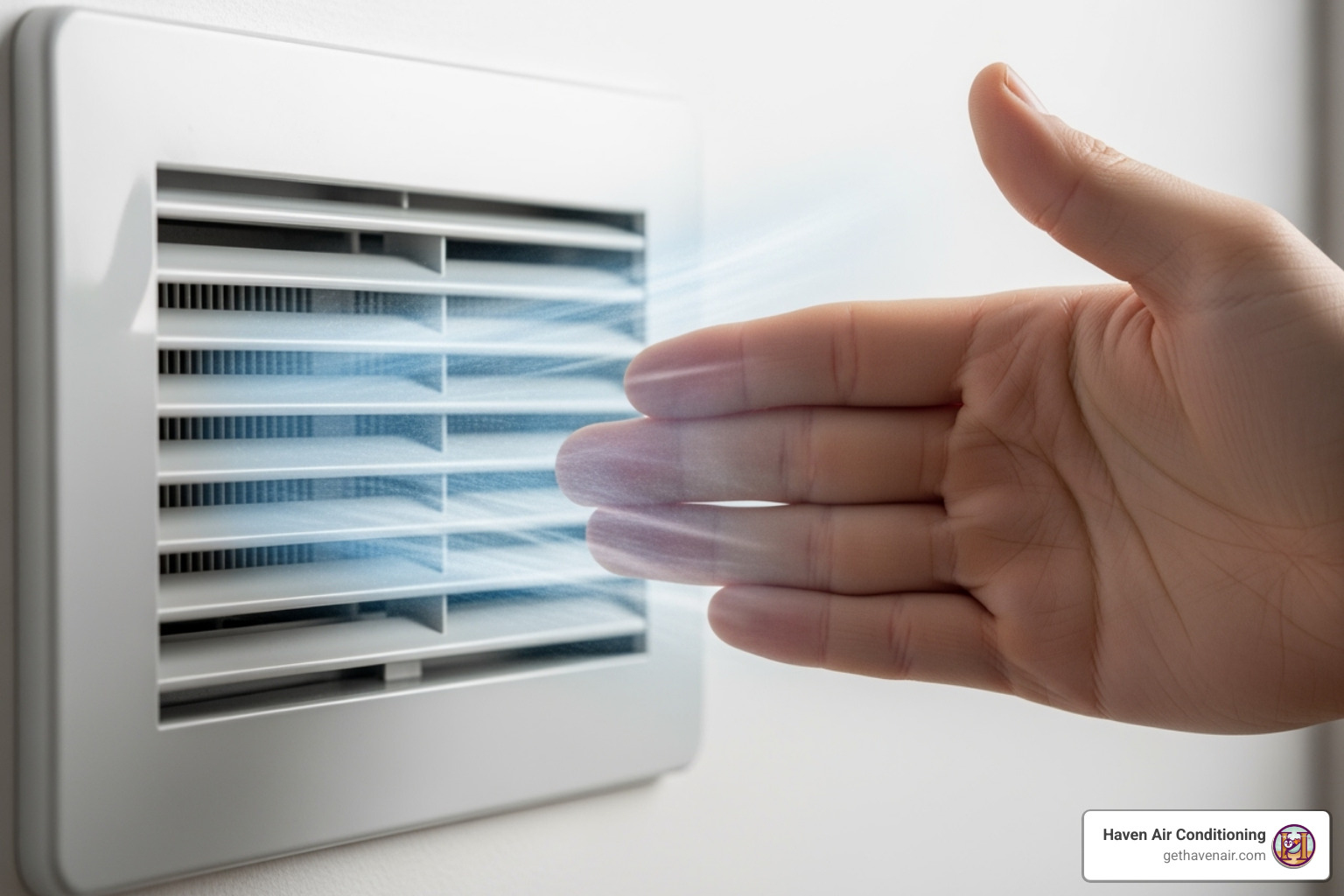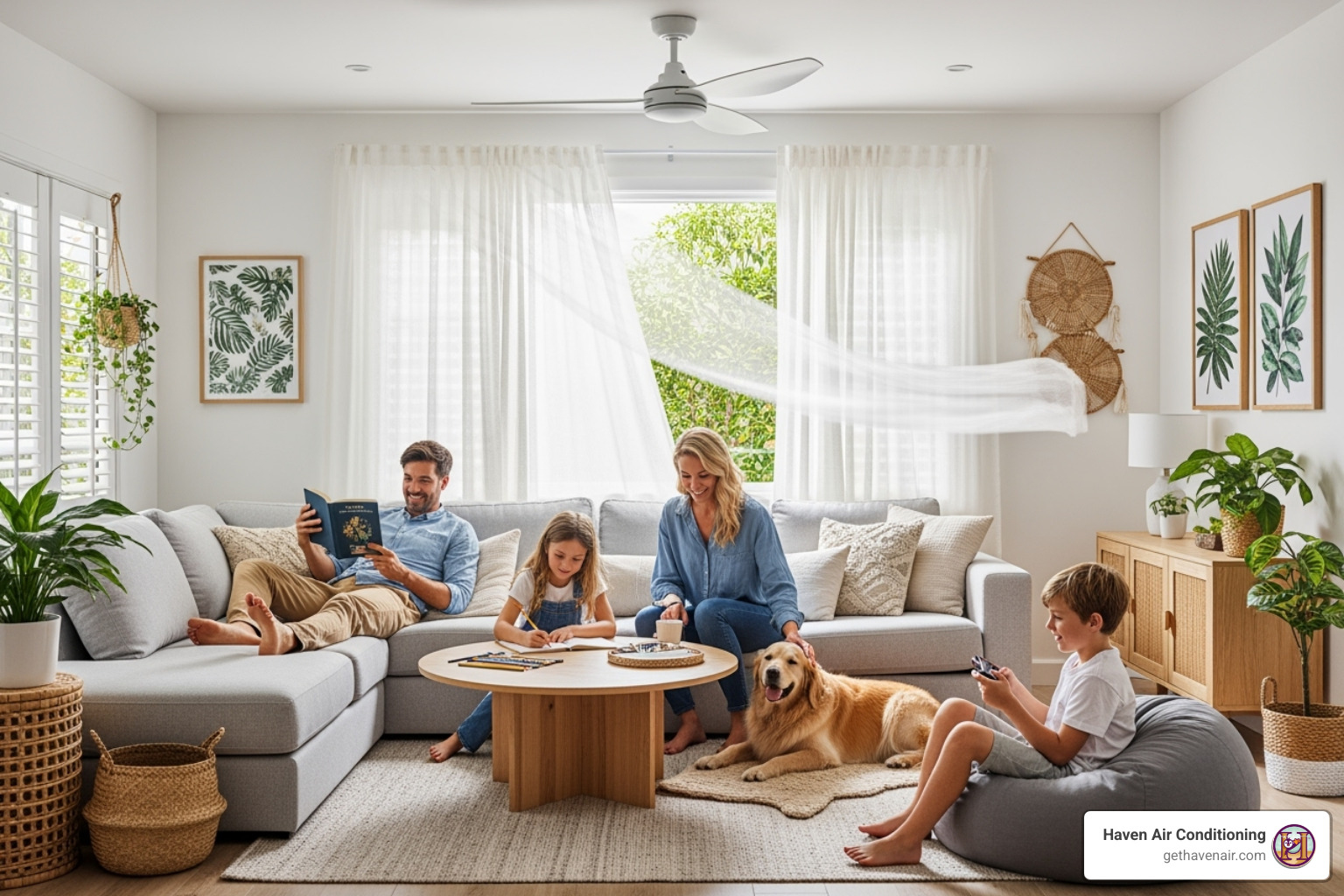Air conditioners are renowned for creating comfortable indoor environments, but concerns about their electricity usage often arise. In this guide, we will explore the energy consumption of air conditioners, factors affecting their usage, energy-saving tips, impacts on electricity bills, and alternative cooling options.
If you need professional assistance with installation, maintenance, or repairs, contact us immediately. Air conditioners play a vital role in our lives, especially during hot summers, but their energy consumption is a common concern.
Let’s delve into this topic and discover the power of energy-efficient air conditioners
How Much Electricity Does An AC Unit Use?
- An air conditioner functions by converting electrical energy into refreshing coolness.
- The key components involved in this process include the compressor, condenser, evaporator, and fan.
- The compressor consumes a substantial amount of kilowatts as it pressurizes refrigerant gas for heat exchange.
- The condenser releases heat from inside your home to the outside environment.
- The evaporator absorbs heat from indoor air and cools it before circulating it back into your living space.

Factors Impacting AC Power Consumption
Various factors influence the energy consumption of air conditioners, and understanding these factors is crucial for making informed decisions about energy usage and efficiency. Let’s explore the key factors that impact energy consumption:

1. Size of Air Conditioners
Proper sizing of the air conditioner is a critical factor in energy consumption. Too large units tend to cycle on and off frequently, wasting energy. Conversely, undersized units may need help to cool the space efficiently, increasing energy consumption. Choosing the right-sized air conditioner that matches your cooling needs is essential to ensure optimal energy efficiency.
2. Energy Efficiency Rating
The energy efficiency rating of an air conditioner, typically measured by SEER (Seasonal Energy Efficiency Ratio) or EER (Energy Efficiency Ratio), plays a crucial role in energy consumption. Air conditioners with higher SEER or EER ratings demonstrate superior energy efficiency, requiring less electricity to achieve the same cooling output. Opting for units with higher efficiency ratings can lead to significant energy savings while maintaining the desired cooling performance.
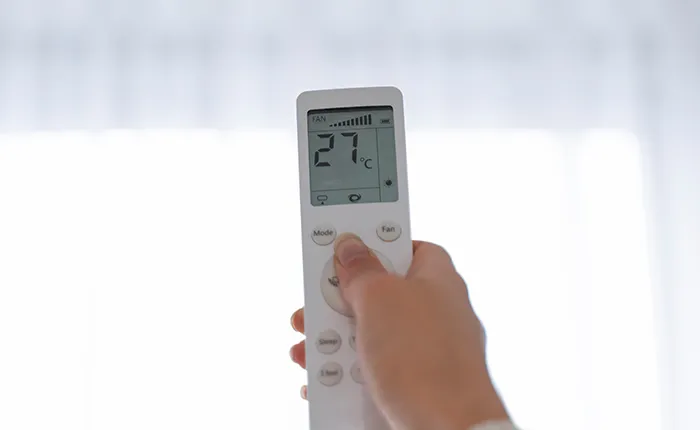
3. Temperature Settings
Decreasing the temperature setting on your air conditioner demands additional energy to cool the space. Opting for a moderate temperature setting on the thermostat can aid in reducing energy consumption. Even a slight increase in the thermostat setting can lead to noteworthy energy savings.
4. Insulation Of The Room
Good insulation in the room reduces heat transfer, easing the workload on the air conditioner. Well-insulated rooms retain cool air effectively, enabling the unit to operate efficiently and consume less electricity.
5. Usage Patterns
Air conditioner usage frequency and duration affect energy consumption. Continuous or long-term use results in higher electricity consumption, while intermittent or shorter usage reduces energy usage.
How To Measure The Power Consumption Of Your AC Unit
- Air conditioners rely on electrical energy to cool indoor spaces by removing heat and humidity.
- The compressor, fan motor, and control system are the main components that use electricity in an AC unit.
- The compressor requires a significant amount of electrical power to compress refrigerant gases, which then release heat outside.
- The fan motor circulates air over evaporator coils, facilitating heat exchange between indoor air and refrigerant.
The Role Of BTU And EER In AC Power Consumption
- BTU stands for British Thermal Unit, which measures the cooling capacity of an AC unit by quantifying the amount of heat energy needed to raise or lower the temperature of one pound of water by one degree Fahrenheit.
- The higher the BTU rating, the more powerful and energy-consuming an AC unit will be.
- EER stands for Energy Efficiency Ratio and indicates how efficiently an AC unit converts electrical input into cooling output.
- To accurately estimate power consumption:
- Measure your room’s square footage before selecting an appropriately sized AC unit.
- Use industry guidelines or consult HVAC professionals to determine how many BTUs you need based on your room’s size.
- Consider climate conditions when choosing a cooling capacity.
- Opt for units with higher EER ratings as they consume less electricity while providing efficient cooling performance.
- Find a balance between cooling capacity (BTUs) and energy efficiency (EER) for optimal power consumption.
Energy-Saving Tips For Air Conditioners
For optimal energy efficiency and reduced energy consumption, take into account the following recommendations:
1. Setting The Thermostat At An Optimal Temperature
Choose a thermostat setting that provides comfort without excessive cooling. Opt for a temperature that keeps you comfortable while ensuring your air conditioner doesn’t need to work harder than necessary.

2. Using Ceiling Fans In Conjunction With Air Conditioners
Utilize ceiling fans to enhance air circulation and raise the thermostat temperature without sacrificing comfort. The breeze generated by fans creates a cooler sensation, reducing reliance on the air conditioner for maintaining comfort.
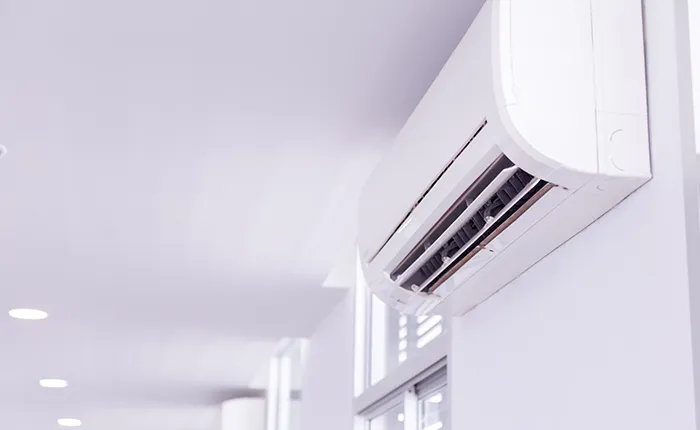
3 . Proper Maintenance And Cleaning Of Air Conditioners
Choose a thermostat setting that provides comfort without excessive cooling. Opt for a temperature that keeps you comfortable while ensuring your air conditioner doesn’t need to work harder than necessary.
4. Insulating The Room To Prevent Heat Transfer
Insulate walls, windows, and doors to prevent heat transfer, enabling the air conditioner to maintain a comfortable temperature while minimizing energy consumption.
5. Using Programmable Thermostats
Programmable thermostats enable customized temperature adjustments based on daily routines. Energy savings can be achieved by programming the thermostat to reduce cooling during absence or sleep.
Impact Of Air Conditioners On Electricity Bills
By understanding how air conditioners affect electricity bills, you can estimate the expenses associated with operating these systems. Here are some essential factors to consider:
1. Calculation Of Electricity Usage
An air conditioner’s electricity usage is measured in watts. Multiplying the unit’s wattage by the operating hours allows you to calculate total energy consumption in watt-hours (Wh) or kilowatt-hours (kWh).
2. Cost Of Running Air Conditioners
The cost of operating air conditioners varies based on the electricity rate and energy consumption. Multiply the total energy consumption by the kilowatt-hour electricity rate to estimate the unit’s cost.

3 . Comparison With Other Household Appliances
Air conditioners typically have higher electricity consumption than other household appliances, but selecting energy-efficient models and adopting conscious usage habits can help reduce the impact on electricity bills.
Read our article on how to save money on air conditioning.
Choosing An Energy-Efficient AC Unit
- Consider opting for an AC unit with inverter technology if you want maximum energy savings without compromising comfort levels.
- A programmable thermostat can significantly enhance your AC’s overall efficiency.
- Look out for air conditioners that have earned the Energy Star certification label from the U.S. Environmental Protection Agency (EPA).
- Advanced features like variable-speed fans, smart controls, and zoning capabilities can further optimize your system’s performance while reducing power consumption.
- To ensure that your new AC system operates at its peak efficiency level, it is essential to have it professionally installed by a qualified HVAC technician.
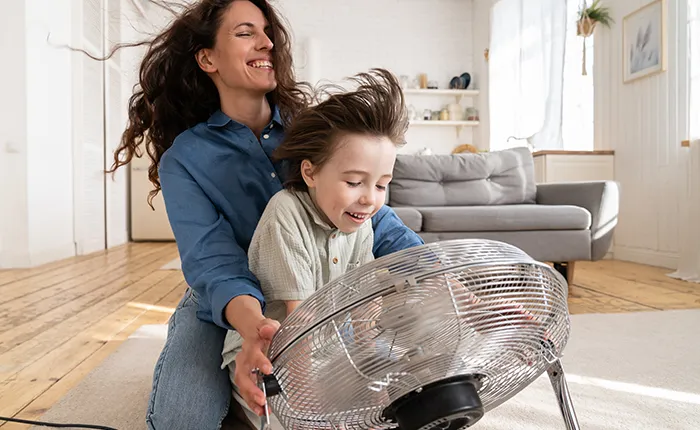
Maintaining Your AC Unit For Optimal Power Consumption
Optimizing Your AC Unit for Maximum Energy Efficiency
- Dirty air filters can hinder airflow, causing your AC unit to work harder and use more electricity.
- Ensure that the outdoor unit of your AC system is free from any obstructions such as leaves or debris.
- Low refrigerant levels can lead to reduced cooling efficiency and increased power usage.
- Leaky ducts result in significant energy loss as cooled air escapes before reaching its intended destination.
- While there are tasks you can do yourself, it’s highly recommended to schedule annual professional maintenance for your AC unit.
By consistently implementing these maintenance practices throughout the year, you can significantly reduce power consumption while maintaining a comfortable indoor environment.
Remember that neglecting regular maintenance not only leads to higher energy bills but also increases the risk of costly repairs down the line. Investing time into maintaining your AC unit will pay off with improved efficiency and long-term savings.
At Haven Air Conditioning, we understand how crucial it is to keep your AC unit running smoothly and efficiently. Contact us today to schedule a maintenance appointment with our experienced technicians who are dedicated to ensuring that your system operates at its best while minimizing power usage.
Is It Cheaper To Leave The AC On All Day?
Maximize energy efficiency and cost savings by avoiding constant AC usage. Utilize programmable thermostats to schedule temperature adjustments aligned with your needs. This strategic approach reduces energy consumption, resulting in lower electricity bills while maintaining comfort.
Is It Expensive To Run Air Conditioning?
Air conditioning can increase electricity bills, but energy-saving practices, efficient units, and proper maintenance help minimize costs. Optimize AC usage, choose energy-efficient models, and ensure regular upkeep to enjoy cooling comfort while managing electricity expenses effectively.
Does An Air Conditioner Use More Electricity Than A Fridge?
Maximize energy efficiency and cost savings by avoiding constant AC usage. Utilize programmable thermostats to schedule temperature adjustments aligned with your needs. This strategic approach reduces energy consumption, resulting in lower electricity bills while maintaining comfort.
What Is The Cheapest Way To Run An Air Conditioner?
Optimize air conditioner usage for cost-efficiency by setting a moderate thermostat temperature, utilizing ceiling fans, maintaining and cleaning the unit, and optimizing insulation. These practices minimize heat transfer, reduce energy consumption, and lower electricity bills.
Does Turning AC On And Off Cost More Than Leaving It On?
Minimize energy consumption by avoiding continuous AC usage. Instead, turn it off when not needed or when away and use programmable thermostats to automate temperature adjustments. This efficient practice ensures energy savings without compromising comfort.
How Much Does An Aircon Cost Per Hour?
Estimate the hourly cost of running your air conditioner by multiplying its wattage with the local electricity rate. This calculation helps determine the financial impact of operating the unit and enables effective energy management.
What Uses The Most Electricity In A Home?
Air conditioners are among the most energy-intensive household appliances, especially in hot weather. Other high-consumption appliances include heating systems, water heaters, refrigerators, washing machines, and dryers. Opting for energy-efficient models and adopting conscious usage habits can reduce electricity consumption.
Is Aircon Cheaper Than Central Heating?
Energy efficiency, usage habits, local utility rates, and climate influence air conditioning and central heating operating costs. Comparing costs and implementing energy-saving measures can help identify the most cost-effective option for your specific requirements.
Is It Cheaper To Run A Fan Or Air Conditioning?
Fans are a more cost-effective alternative to air conditioning as they consume less electricity while still providing air circulation. However, it’s important to note that fans do not cool the air as effectively as air conditioners.
Is Air Conditioning More Expensive Than Heating?
The cost of air conditioning and heating varies based on factors such as energy efficiency, usage patterns, local energy rates, and climate. Comparing costs and implementing energy-saving practices can help determine the more economical option for your specific circumstances.
To optimize energy efficiency and reduce costs, learn about air conditioner energy consumption and implement energy-saving practices. Choose efficient models, maintain them properly, and explore alternative cooling options to stay comfortable while minimizing electricity usage and expenses.


